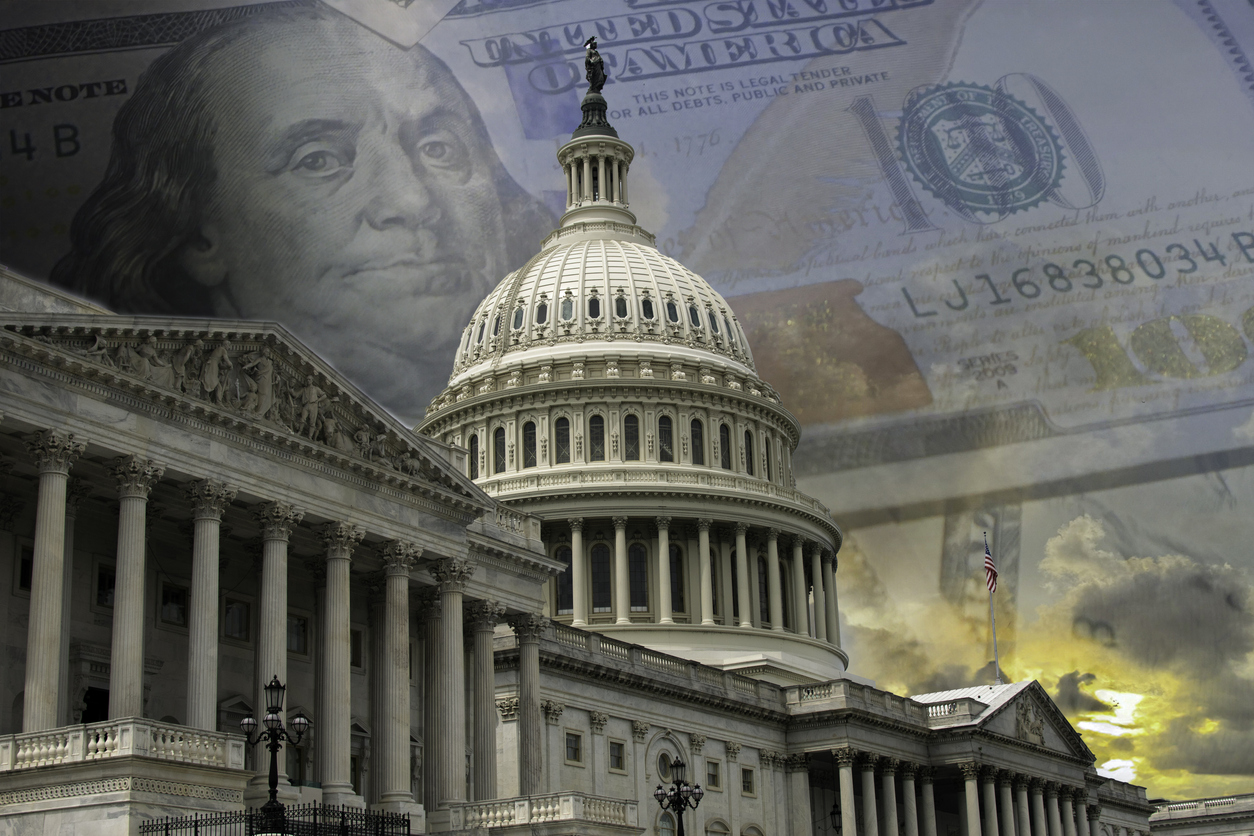How Economic Hardship Fuels the Global Rise of the Far-Right
In times of economic crisis, the world doesn’t just get poorer — it gets angrier, more divided, and more reactionary. We’re now witnessing yet another cycle of this: a global resurgence of right-wing politics, turbocharged by recession anxiety, inflation, and cultural insecurity. This isn’t a new story, but in 2025, it’s moving faster than ever — thanks to social media, culture wars, and a fractured global economy.
Recession Breeds Reaction
Historically, hard times have always been fertile ground for far-right movements. The Great Depression helped usher in fascism across Europe. The 2007–2008 Great Recession sparked nationalist backlashes and anti-immigration sentiment across the West — from the Tea Party in the U.S. to the rise of the AfD in Germany and the National Front in France.
One of the most powerful drivers behind this shift is unemployment. A study by the European University Institute found that a 1% rise in unemployment leads to a 2–3% increase in vote share for far-right parties across Europe, especially when combined with high levels of immigration. People losing jobs, homes, and security start looking for answers — or someone to blame. Enter the populist right, with easy scapegoats and loud slogans: immigrants, "globalists," progressives, and anyone perceived as "elite."
Related: Truth Social: Trump’s Echo Chamber Masquerading as Free Speech
Modest Fashion, Country Music, and Cultural Conservatism
The signs aren’t just in politics. You can see the swing in popular culture. In a post-recession world, modest fashion is trending again — no longer just a religious or traditionalist niche, but a growing Gen Z aesthetic on TikTok. The revival of country music (and its stars proudly aligning with right-wing politics) speaks to a broader nostalgia for a "simpler" past.
Even social media trends reflect this pivot — influencers are pushing traditional family values, homemaking, and rural aesthetics as an escape from urban chaos and economic instability. It's culture as coping mechanism — and as political signalling.
Related: America on the Clock: Shortages and Costs Set Sail
Related: Populism Is Dead: The World’s Had a Front-Row Seat to America’s Chaos, and It’s Over
A Familiar Cycle, Accelerated
What’s different this time is speed. Social media spreads cultural shifts and conspiracies faster than policy ever could. In previous cycles, the shift from liberalism to conservatism happened gradually, following the economic pain. Now, within months of inflation spikes or layoffs, you get viral backlash: anti-woke rhetoric, tradwife influencers, and politicians promising border walls.
From Argentina to Italy, Hungary to the U.S., and now creeping into Sweden, Germany, and even France’s mainstream, the right-wing surge is coordinated — not by governments, but by algorithms and shared outrage.
What Comes Next?
The right thrives on instability — and today’s world is full of it. Rising prices, housing shortages, job insecurity, and cultural disorientation create the perfect storm. The question isn’t whether the far-right will keep growing — it’s whether the center and left are prepared to understand why it’s happening and offer something more than just resistance.
Because if economic recovery doesn’t come, the swing will only grow stronger. And we’ve seen where that leads before.














